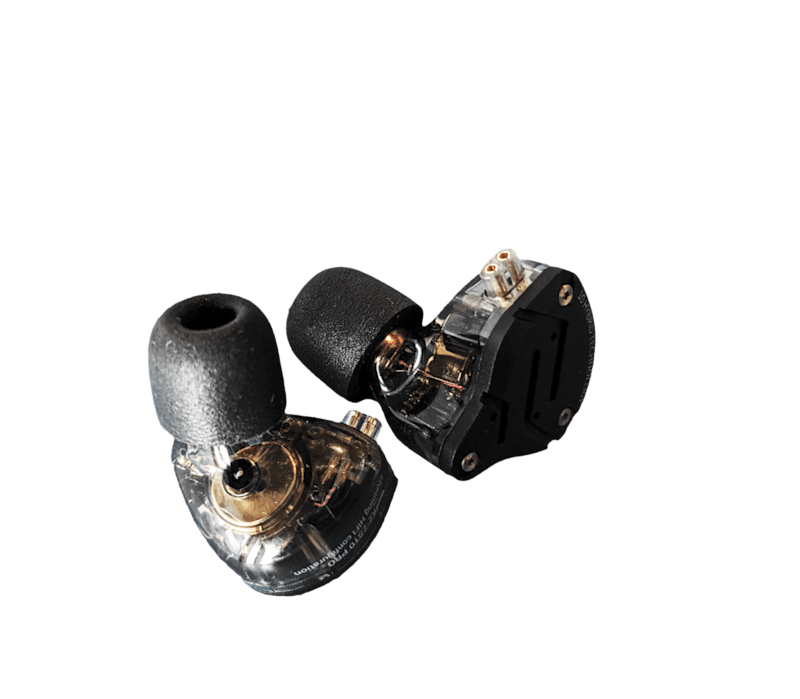So, I’m a bit of an audiophile, but high-end audio is expensive. In recent years – and much to my wallet’s appreciation – Chinese-made hi-fi has taken off due to their manufacture of hi-fi equipment that offers a similar experience at a fraction of the cost compared to high-end equipment from countries that have long dominated the market, such as Japan, the United States, Denmark, Germany, the U.K., and others.
In particular, Chinese hi-fi showed a strong performance-per-dollar-value prop in the sector of in-ear monitors (IEMs). IEMs are like fancy earbuds, but they work like sound-isolating earplugs with extreme definition sound reproduction. They also have replaceable cables, which are convenient for people who don’t want to replace an expensive set of IEMs over a frayed wire.
One of the ways IEMs make such neutral and accurate sound is by using multiple drivers (speakers) and types of drivers per ear. Each driver covers a particular slice of frequency response in the range of sound audible to the human ear, creating wider, fuller, and more accurate sound details.
I Told You All That To Tell You This
A popular Chinese hi-fi company was recently busted for falsely advertising and claiming they use more drivers per ear than they do – and some of the drivers in their IEMs were found to be fake upon destruction!
Was it all too good to be true? Should I chalk this up to business decisions motivated by greed? Honestly, I wasn’t sure these IEMs were faking the funk. Luckily for you, dear reader, this proved to be the perfect opportunity to put some manufacturing technology to work. I sent a set of the IEMs to Lumafield in Cambridge, Massachusetts, to take a closer look.
Followers of the weekly Tech Report may remember I’ve mentioned Lumafield and their CT scanning technology a few times in recent months. They offer an accessible manufacturing-grade CT scanner that’s both portable and affordable. This technology has rarely left the purview of specialist technicians – or a cost range that’s “accessible” – so I was eager to test it out.
Take a look at the scans Lumafield sent over.
Typical industrial-grade CT scanners easily run over a million dollars and are sold by big companies like Siemens – and that money is just for the hardware. Buyers also need to make software purchases and subscribe to all the software seats needed for the top-dollar sonographers that will have to be hired. I wouldn’t call that “accessible” CT scanning. Lumafield, on the other hand, will send clients a CT scanner they can plug into a wall outlet, provide necessary web-based software and support services – including a dedicated team of remote sonographers – and store scans, all for a starting cost of $3,600 a month. The specs may even rival those of much more expensive industrial CT scanners. These high-definition scans (including report) were sent to me only 48 hours after they scanned the IEMs. Lumafield claims a turnaround time of hours instead of days for customers with on-site scanners.
A New Challenger Appears
While this field is new, Lumafield isn’t alone. China-based Shimadzu produces a comparable desktop product, the XSeeker 8000, that has shown significant promise. And as manufacturers readjust and realign their priorities to meet more sustainable, robust, and agile business models, accessible CT scanners like these will fill their inspection and quality needs, and competition will likely increase. But what’s clear right now is that thanks to accessible industrial-grade CT scanning, small job shops and nerds like me can look inside stuff using a fine-tooth comb without having to resort to destructive testing – and conclude that these IEMs are totally legit!
If you have any questions about this information, please contact Stephen at slamarca@AMTonline.org. For more LaMarkable content, stream Seasons One and Two of “Road Trippin’ with Steve” now on IMTS.com/plus.




